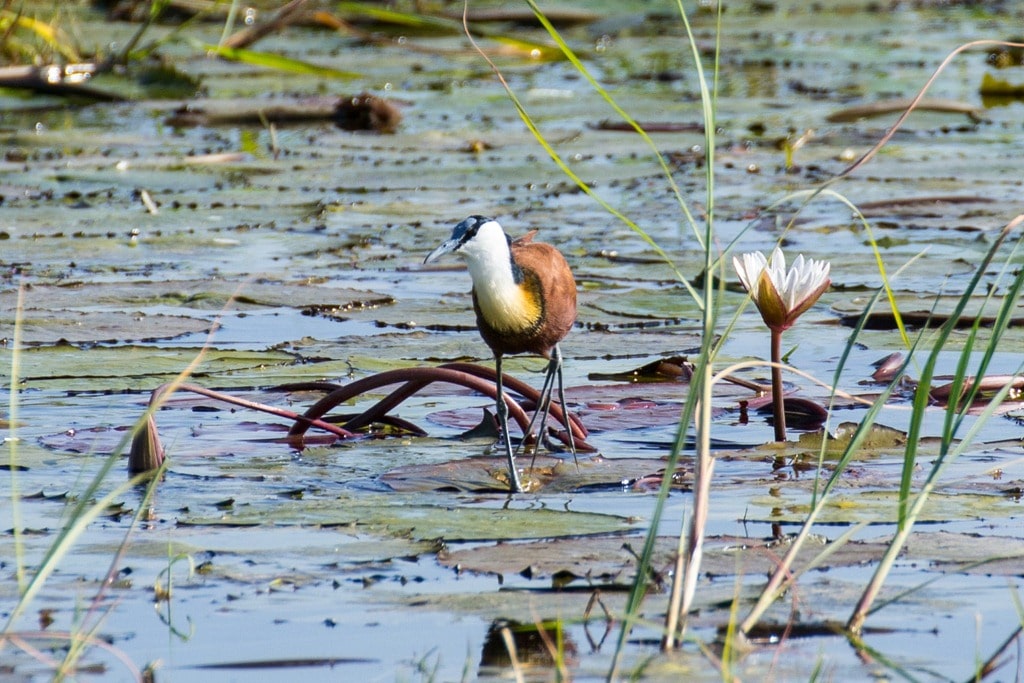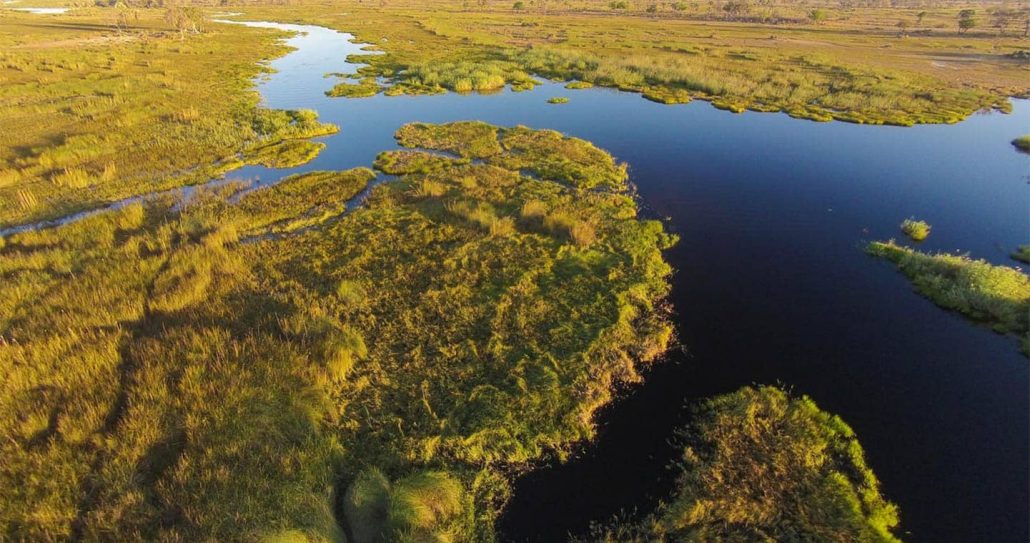Chobe National Park is not only the second largest national park in Botswana but also boasts as one of the greatest concentrations of game in Africa. The Park is divided into four sections, the Serondela area, the Savuti Marsh area, the Nogatsaa and Tchinga, and the Linyanti Marsh.
Chobe National Park, located on Chobe River in the Northern region of Botswana and bordering Moremi Game Reserve in the south, has one of the greatest concentrations of game found on the African continent. By size, it covers 10,566 sq km making it the third largest park in the country, after the Central Kalahari Game Reserve and Gemsbok National Park. However, of the three parks, it is the most diverse.

Chobe National Park Elephants
Chobe was Botswana’s first national park and is impressively famous for its immense numbers of elephants. The Park has arguably the largest Elephant population in the world and is home to great numbers of other game species. The wide Chobe River is the lifeblood of the area and feeds adjacent floodplains much loved by Elephants. The Park covers a variety of the country’s riverine forest including floodplains and the mopane and miombo woodland.
Chobe Eco-systems And The Wildlife
Chobe is divided into four clearly diverse Eco-systems:
- Serondela area with its lush plains and situated in the extreme Northeast of the park. The area is covered with extensive savannah and rolling grasslands, which makes wildlife particularly dynamic in this section of the park. Serondela is also reputed for its annual migration of zebras and predators. This is probably the most visited park section, partly due to its proximity to the Victoria Falls.
- The Linyanti Swamps located at the North-west corner of the park and to the North of Savuti is adjacent to Linyanti River. To the west of this area lies Selinda Reserve and on the Northern bank of Kwando River is Namibia‘s Mamili National Park. Close to these 2 rivers are riverine woodlands, open woodlands plus lagoons, while the rest of the region mainly has floodplains. Prominent are high concentrations of leopards, lions, wild dogs, Roan antelopes, Sable antelopes, and hippopotamuses.
- Hot dry hinterland; Bird life is very rich here.
- The Savuti Marsh in the west about 50 km north of Mababe gate. The rare red lechwe, sitatunga or crocodile also occur in the area. Adventurous travelers who desire to experience a large-scale migration of animals you must visit the Savuti Marsh. It is renowned for its annual trek of zebras and predators.

Elephants Crossing River Chobe
When To Visit
Chobe National Park said to be a natural world lover’s haven particularly between May and late September (the dry spell), has immense herds of Buffalo, Eland, Giraffe, Impala, Lechwe, Oribi, Roan, Tsessebe, Waterbuck, Wildebeest, and Zebra that can be observed more easily. In other words, the animals are superbly visible especially when the foliage has reduced. Such a multiplicity of habitats attracts a variety of the natural world.
Chobe Safaris
Game drives in the Chobe National Park offer excellent game viewing opportunities. Cruise down the Chobe River in a luxury safari boat. In the dry season, Elephants congregate by the river in enormous numbers with the riverside area offering magnificent bird viewing. Predators like Leopards and lions are common figures in Chobe National Park; similarly, there are several Hippos and Crocodiles in Chobe River. Wild pig, baboons, and monkeys also make Chobe National Park their habitat.
Chobe Birds

Chobe Bird
Birding is amazing especially when the migrant birds come between late November to late March. It is such uniqueness in abundance of wildlife that makes Chobe a true African safari nature deservedly to experience in anyone’s lifespan.
Caution!!!
There are no fuel supplies available within the Chobe and therefore tourists traveling between Kasane and Maun should be prepared with fuel to take them through the whole journey.
Chobe National Park’s basic attraction is its elephant concentration. You have not experienced the true African elephant on a Chobe safari.





